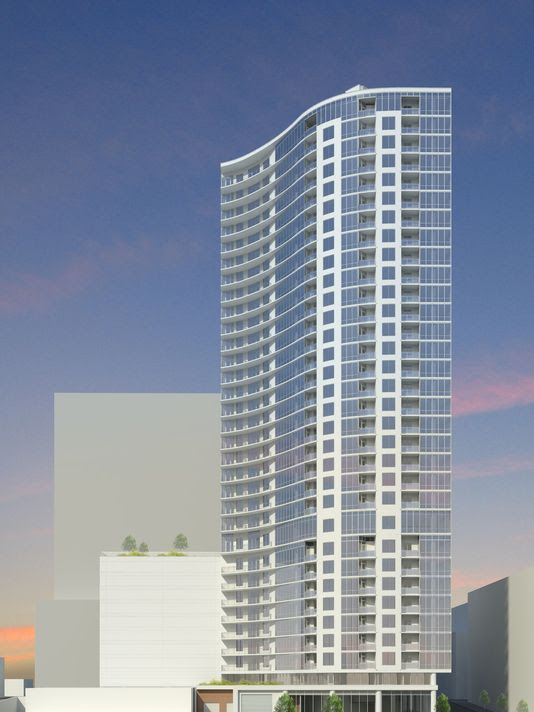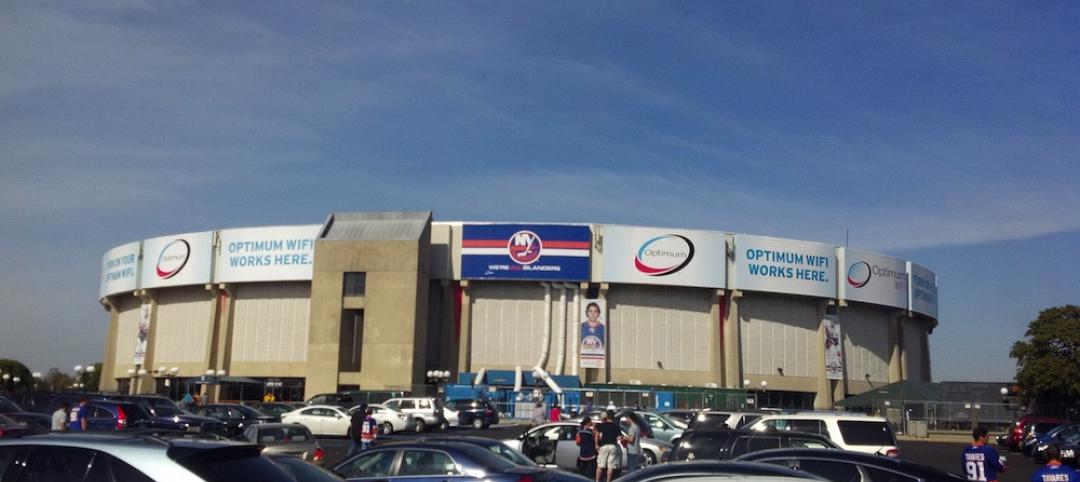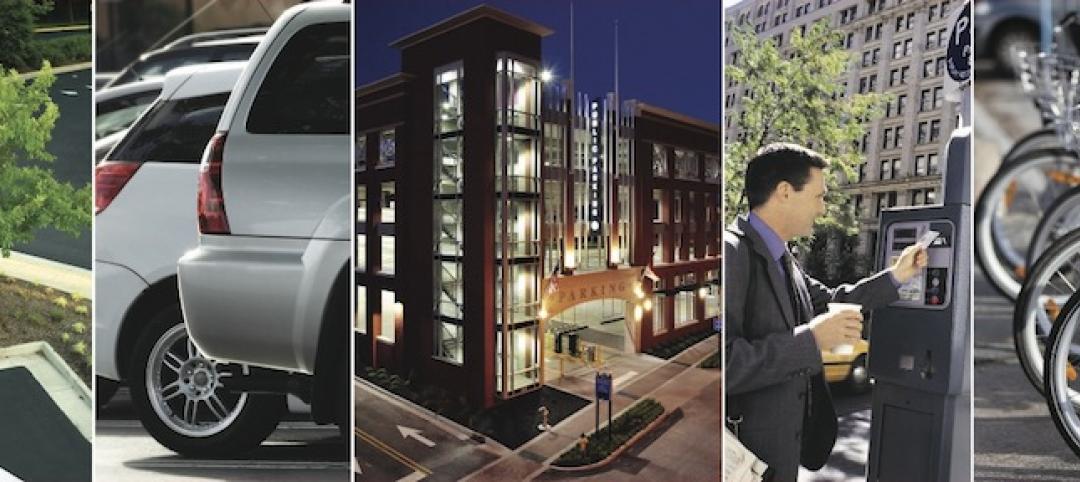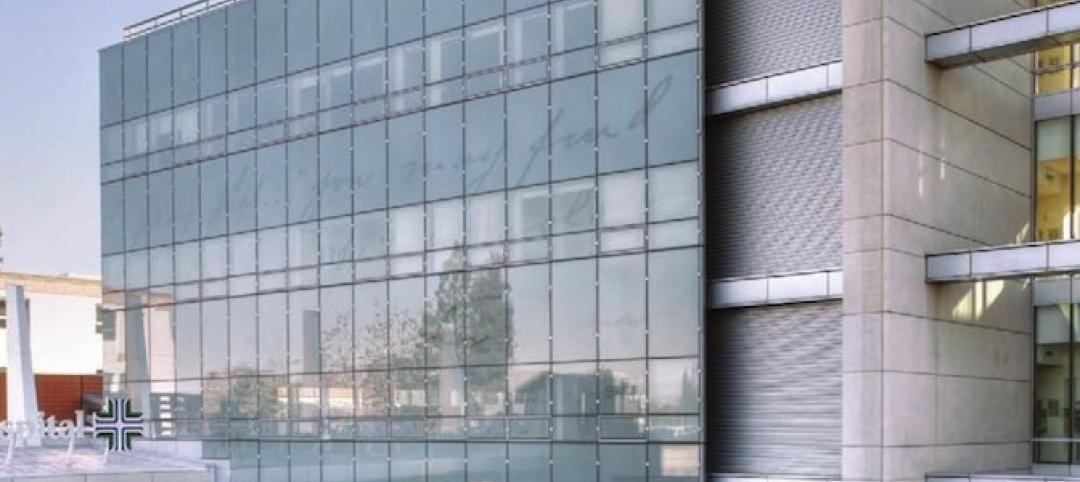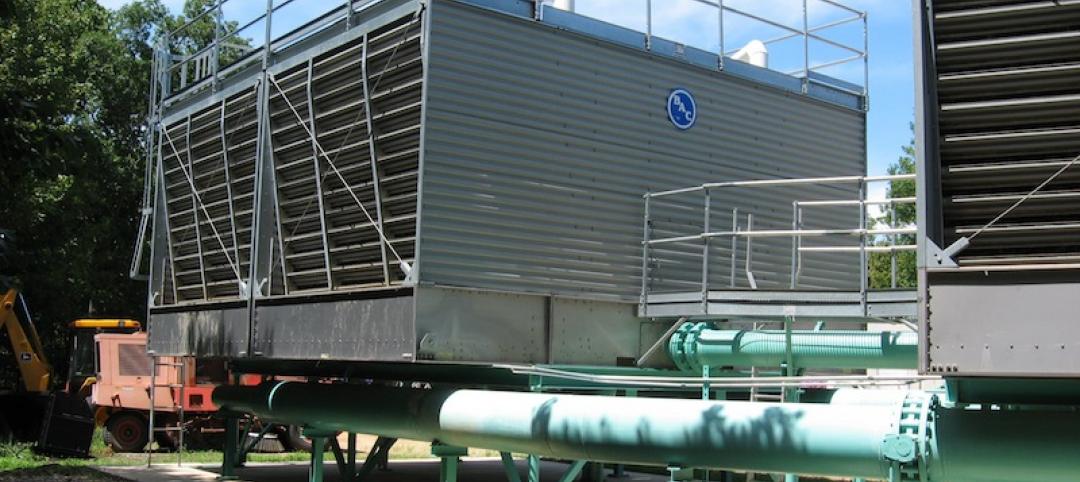Nashville’s going to look a little different in a few years.
In the upcoming months, a gleaming S-shaped tower will join the city’s burgeoning skyline. Nashville’s SoBro (South of Broadway) neighborhood is home to the new $635 million Music City Center convention center, the Country Music Hall of Fame and Museum, the new luxury Omni Nashville Hotel and a bevy of fresh, fashionable bars and restaurants.
The Music City’s mini-boom, driven by a flourishing health-care industry, is being fueled by innovative construction financing that’s helping developers keep up with the city’s surging job growth. The new SoBro tower is just one example of a project financed not with conventional construction loans but with a unique blend of equity and debt that’s being used by developers not just in Nashville, but all over the U.S.
Traditionally, tower cranes have started rising at construction sites as lending volumes go up. And while construction lending is traditionally considered risky and more difficult to underwrite, the stabilizing economy is generating a steady increase in loans.
“Lenders are feeling much more comfortable with the economy’s current state,” said Marisha Clinton, Vice President of Capital Markets for JLL. “Spreads have compressed, the market is competitive, and construction lending offers the appeal of potential high yields in a low interest rate environment.”
What’s different this time around is that lenders, particularly private equity investors, want a piece of the action. Goldman Sachs has set its sights on construction and development lending, Fortune reports. The Wall Street megabank is issuing nearly $500 million in construction loans, up from just $50 million last year. Five years ago, Goldman – known for its investment banking and trading desk more than for its construction financing – had never made a construction or development loan, according to Fortune.
As a result, capital is flowing like wet concrete. In just the first half of 2014, investors and developers secured $254 billion for construction and development starts on an unadjusted basis, ranging from sophisticated Class A office towers in gateway central business districts to manufacturing facilities located in energy-focused markets to multifamily properties in booming job markets—like the proposed tower in SoBro.
It’s no longer just about the honky-tonks in Nashville: professionals are flocking to the Music City. According to JLL’s Capital Markets research, 5.5 percent of Nashville’s multifamily inventory is under construction, compared to the national average of 3.5 percent. The robust pipeline is warranted: Forbes recently ranked Nashville as a top city for business and job growth, citing its fifth place job growth ranking among the country’s top 200 metro areas.
The project is part of a surge in Nashville construction. According to Nashville Downtown Partnership, 68 projects in downtown Nashville have been completed since 2011, and 47 are currently under construction. Since 2013 the SoBro neighborhood has seen $1.2 billion in developments including office, retail, hotel and residential properties.
Expectations for the SoBro tower are, if you will, sky-high: 33 stories at 395 feet, recessing balconies, a green rooftop with a multi-lane lap pool, hot tub, fire pits, barbeque grills and cabanas as well as a lounge, game room and fitness center, 502 parking spaces and 20,540 square feet of ground floor Class A retail space. The financing amount also towers: $91 million for the project. Once completed, SoBro will be the tallest residential building in Tennessee, offering an unobstructed view of the Nashville skyline as well as the Cumberland River.
“When you work in a booming market like Nashville, the opportunities are endless and the demand for a range of property types is huge,” said Tony Giarratana, founder of Giarratana Development and lead for the SoBro Tower development. “Folks are excited about the new designs and what it means for their community.”
Before borrowers break ground, they should know that construction lending is still not necessarily easy to come by. Lenders have very strict underwriting standards – and usually require a large amount of equity.
Essentially all developers will form a joint-venture equity partnership with investors ranging from pension funds to private equity funds to large, institutional shops. Typically, lenders will want to see anywhere from 25 to 40 percent equity from the borrower and lenders will play ball but only with well capitalized, experienced sponsorship.
While the bulk of construction lending comes from large banks based in large such as Bank of America and Wells Fargo, debt funds such as Starwood Capital are starting to provide non-recourse construction loans with higher leverage levels and a cost of debt between five and eight percent.
“Interest rates are still low and very attractive for borrowers, but the trick with construction loans is qualifying,” said David Hendrickson, Managing Director at JLL. “Equity requirements are higher than other types of financing and often these loans have some sort of recourse associated with them. But lenders are showing they are comfortable with current economic recovery and there is plenty of liquidity in the market. Plus, with the amount of mezzanine debt and joint venture equity available, the capital structure for strong projects will come together with the appropriate structuring.”
For example, according to JLL, construction completion volumes have reached 132 million square feet through May 2014, up from 2013’s mark of 90.8 million square feet. And there is more in the pipeline: Class A industrial product is scarce and speculative, national development for the sector has reached 118 million square feet.
Efforts are ramping up in office space as well due to expansionary efforts and increased hiring activity. JLL reports construction volumes have jumped 38.4 percent to 65.4 million square feet compared to year end 2013 levels. However, in the office sector, the vast majority of the development pipeline is pre-leased, unlike the industrial and multi-family sectors.
Should the investment community be shovel ready?
“Construction lending is strong but rational,” said Hendrickson. “Loans are competitively priced and the current real estate fundamentals support a healthy amount of development.”
Related Stories
| May 20, 2013
4 emerging trends in parking structure design
Survey of parking professionals reveals how technology is transforming the parking industry.
| May 20, 2013
Jones Lang LaSalle: All U.S. real estate sectors to post gains in 2013—even retail
With healthier job growth numbers and construction volumes at near-historic lows, real estate experts at Jones Lang LaSalle see a rosy year for U.S. commercial construction.
| May 17, 2013
First look: HKS' multipurpose stadium for Minnesota Vikings
The Minnesota Sports Facilities Authority (MSFA), the Minnesota Vikings and HKS Sports & Entertainment Group have unveiled the design of the State’s new multi? purpose stadium in Minneapolis, a major milestone in getting the $975 million stadium built on time and on budget.
| May 17, 2013
40 Under 40 winners: Meet the architects
Of the up-and-coming AEC professionals to be named 40 Under 40 winners by the editors of Building Design+Construction, 18 make their living in the architecture profession.
| May 17, 2013
5 things AEC pros need to know about low-e glass
Low-emissivity glasses are critical to making today’s buildings brighter, more energy-efficient, and more sustainable. Here are five tips to help AEC professionals understand the differences among low-e glasses and their impact on building performance.
| May 17, 2013
University labs double as K-12 learning environments
Increasingly, college and university research buildings are doing double duty as homes for K-12 STEM programs. Here’s how to create facilities that captivate budding scientists while keeping faculty happy.
| May 17, 2013
LEED v4 has provision to reduce water use in cooling towers
The next version of the U.S. Green Building Council's LEED rating system will expand water-savings targets to appliances, cooling towers, commercial kitchen equipment, and other areas.
| May 16, 2013
Chicago unveils $1.1 billion plan for DePaul arena, Navy Pier upgrades
Hoping to send a loud message that Chicago is serious about luring tourism and entertainment spending, Mayor Rahm Emanuel has released details of two initiatives that have been developing for more than a year and that it says will mean $1.1 billion in investment in the McCormick Place and Navy Pier areas.
| May 16, 2013
Michael R. Bohn named Executive VP at Gilbane
Gilbane has promoted Michael R. Bohn to executive vice president. With over 28 years of service to the company and leadership roles on such high-profile projects as the University of Michigan Biomedical Science Building and the University of Chicago Medical Center, Bohn will now have responsibility for Gilbane’s New York and Midwest business units.


